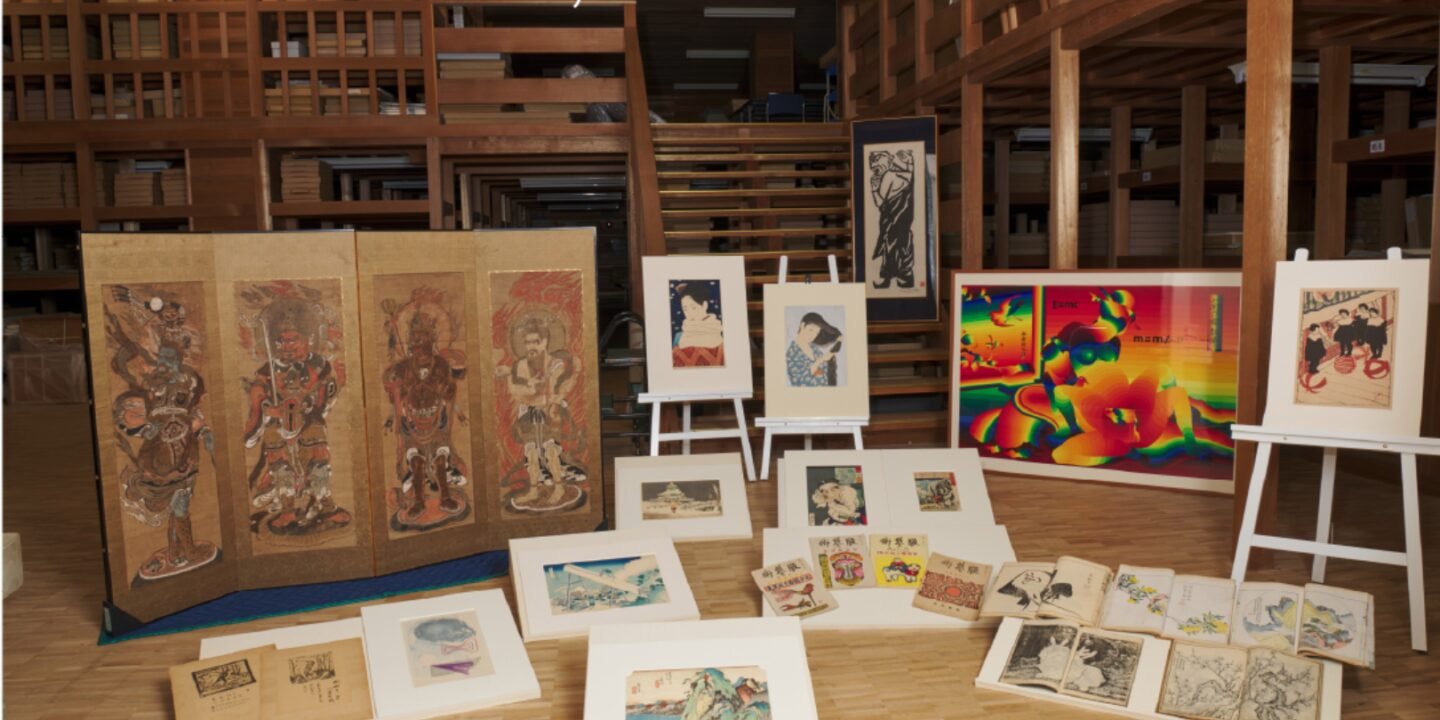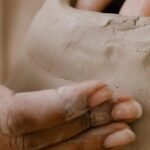
Japanese printmaking, with its rich history and refined aesthetics, has long been a cornerstone of the nation’s visual culture. Originating as a tool for religious devotion and later blossoming into an expressive art form, Japanese prints have transcended the boundaries of time and geography. From the delicate lines of ukiyo-e to the bold experiments of sosaku-hanga, the country’s printmaking reflects a distinctive interplay of tradition, innovation and global dialogue.
On at the Machida City Museum of Graphic Arts until June 15, ‘1,200 Years of Japanese Prints’ is an ambitious exhibition that traces the evolution of Japanese printmaking from the 8th century to the present. Featuring approximately 240 works from the museum’s extensive collection, the show explores how Japanese prints have absorbed and transformed influences from East Asia and the West across centuries of cultural exchange.
Highlights include Buddhist prints from the Nara period (710–794), Edo-period (1603–1867) ukiyo-e, and postwar avant-garde works. Each section reveals how printmaking has served not only as an artistic practice but also as a medium of connection, bridging geographies, ideologies and generations. The exhibition invites visitors to discover how a print can become a portal to 1,200 years of creative interaction and cultural resonance.











